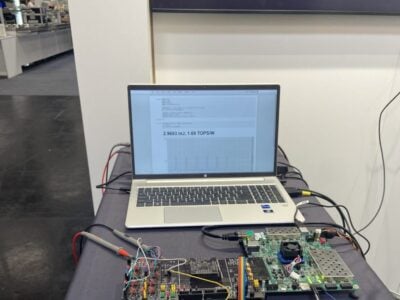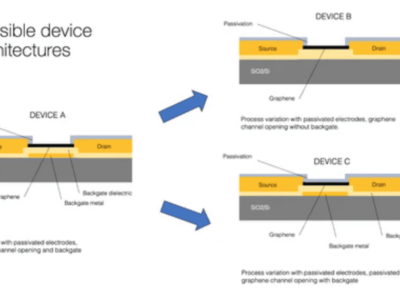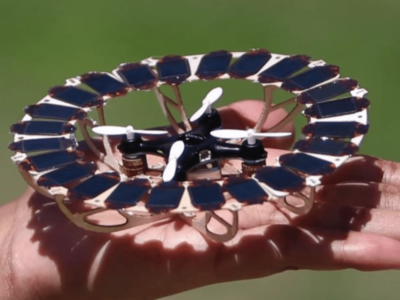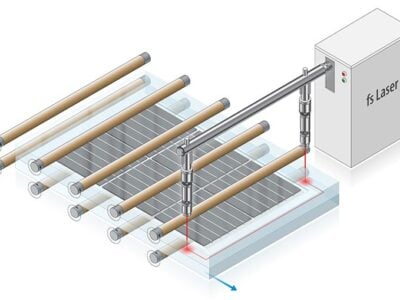
Trajectory planning for centrally controlled autonomous robots
Edag’s CityBot mobility concept uses robot vehicles controlled with AI algorithms, representing various innovations from the fields of autonomous driving, robotics and trajectory planning.
As a variable platform solution, the CityBot family is intended to enable numerous application variants in the field of urban mobility. The focus is not only on passenger transport, but also on autonomous work assignments, for example in the field of waste disposal or intralogistics, by means of various application-specific modules. For the CityBot concept to work, it is important that the vehicles travel in a defined spatial area that is closed to manually controlled cars, for example in company campuses, at airports or in city centres.
The vehicles find their way around in this area by means of lidar sensors. For near-field detection, these are supplemented with ultrasonic sensors. The signals from these sensors are then linked to each other using a fusion engine developed in-house. The result is a digital, overlapping 360° image of the real environmental situation. In addition, the merged environmental data are compared with the position data received via GNSS and existing digital maps. From this information, the CityBots calculate their respective trajectories using a software-implemented Vehicle Control Unit (VCU).
This trajectory planning goes beyond the possibilities of classic navigation systems, as it takes into account the individual route and reacts to dynamic situations with suitable evasive manoeuvres, EDAG advertises. In addition, the CityBot is not designed as a closed island system, but receives further merged data from other bots or stationary sensors of the infrastructure. This means that the EDAG CityBot is also able to look “around the corner”. The vehicles are driven by wheel hub motors.

The CityBot software suite includes a payment system with the crypto-currency IOTA, because the developers have envisaged that users can monetize the activity of the robot vehicles by offering their services in return for payment. Since they are designed to operate around the clock, this would not only pay for itself, but would also enable a high level of traffic efficiency – in contrast to private cars, which are usually only used for a few hours a day.
In those areas where the CityBots can be used, EDAG engineers expect a drastic reduction in the number of vehicles in circulation to about 20% of the “conventional” stock. At the same time, the number of parking spaces could be reduced, advertises EDAG CEO Cosimo de Carlo. This would make these areas available for a different type of use; in addition, there would no longer be any need for traffic signs, traffic lights or for the elaborate design of intersections. Thanks to their central software control, traffic jams could even be avoided, EDAG hopes. With all these features, EDAG believes that the CityBots could be a building block for the conversion to decarbonised and environmentally friendly urban mobility.
EDAG expects the first commercial uses to begin around 2025 – initially in airports and industrial sites. A city centre scenario is conceivable for de Carlo in about ten years.
At its Tech Summit between 26 October and 5 November, EDAG intends to present the concept in more detail in various webinars and live streams.
All photos © EDAG Group
www.edag.com/de/tech-summit-2020
Related articles:
- Continental showcases technologies to face the future of mobility
- Renault, Nissan and Waymo explore robot car services in France and Japan
- Vehicle concept combines wheel hub drive with 90-degree steering
- Aptiv, Hyundai join forces for autonomous driving
Other articles on eeNews Europe
- Swiss lab tests out Chinese driverless delivery van
- Nissan leads driverless car project for London
- Foxconn brings contract manufacturing to electric and autonomous vehicles
 If you enjoyed this article, you will like the following ones: don't miss them by subscribing to :
eeNews on Google News
If you enjoyed this article, you will like the following ones: don't miss them by subscribing to :
eeNews on Google News



